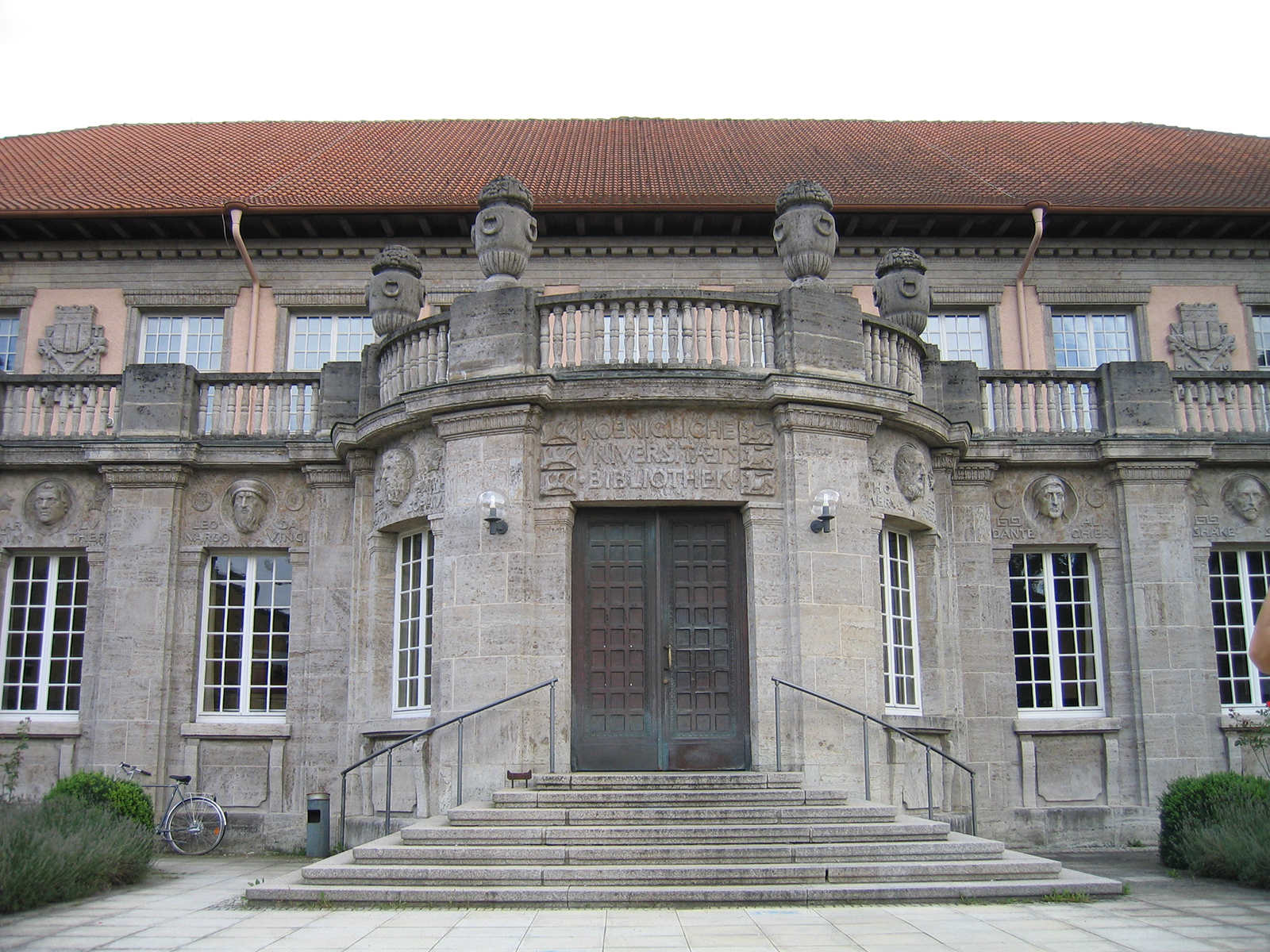University of Tübingen: International research team identifies new dinosaur species
An international team of researchers has discovered a previously unknown species of dinosaur in western Romania and named it after the place where it was found, Transylvania: Transylvanosaurus platycephalus lived around 70 million years ago and was a herbivore, as reported by paleontologist Felix Augustin from the University of Tübingen. The find has now been published by the Journal of Vertebrate Paleontology . In addition to Augustin, scientists from the University of Bucharest and the University of Zurich were also involved in the study.
Transylvanosaurus platycephalus means “broad-headed reptile from Transylvania”. The previously unknown dinosaur was about two meters long, walked on two legs and belonged to the group of so-called rhabdodontids. In Transylvania, like other dinosaurs there, they only reached a small body size and are therefore known as “dwarf dinosaurs”. The skull bones found by Transylvanosaurus provide further insight into the fauna just before the dinosaurs became extinct 66 million years ago. “Presumably, a limited supply of food in Europe at that time led to an adapted stature,” says Augustin.
Europa was a tropical archipelago during the Cretaceous Period, which began 145 million years ago and ended 66 million years ago. Transylvanosaurus lived on one of the many islands along with other miniature dinosaurs, crocodiles, turtles and giant pterosaurs with wingspans of up to ten meters. “With every newly discovered species, the widespread assumption that the fauna of the Cretaceous period in Europe was species-poor continues to dissipate,” says Augustin.
The rhabdodontids represented the most common group among the small to medium-sized herbivores of Europe at the time. Some species found in the same area had significantly narrower skulls than Transylvanosaurus . On the other hand, his closest relatives lived in what is now France – a great surprise for the scientists. How did the Transylvanosaurus get to the “island of the miniature dinosaurs” in what is now Transylvania?
In the publication, paleontologists Felix Augustin, his supervisor Zoltán Csiki-Sava from the University of Bucharest, Dylan Bastiaans from the University of Zurich/Naturalis-Museum Leiden and independent researcher Mihai Dumbravă from Dorset reconstruct various possibilities. The oldest bone finds of rhabdodontids come from Eastern Europe – from there the animals could have spread west, later species could have migrated back again. The scientists suspect that fluctuations in sea level and tectonic processes have temporarily created land connections between the many islands and have promoted the spread. In addition, it can be assumed that almost all dinosaurs could swim, including representatives of the Transylvanosaurus. “They had strong legs and a strong tail. most animal species, reptiles in particular, can swim from birth,” says Augustin. A second possibility is that different lineages of the species have developed in parallel in Eastern and Western Europe.
Exactly which route the Transylvanosaurus species took across the European archipelago remains unclear for the time being. “We currently have too few finds to answer these questions,” said the Tübingen paleontologist. The team had only a few bones for taxonomic classification, none longer than five inches: the rear, lower part of the skull with the occipital foramen and two pieces of the frontal bone. “On the inside of the frontal bones, the contours of the Transylvanosaurus brain were still visible,” added Bastiaans.
Zoltán Csiki-Sava and his team from the University of Bucharest had already found the skull bones of the Transylvanosaurus in 2007 in a riverbed of the Hateg Basin in Transylvania. For the Cretaceous period, the Haţeg Basin is one of the most important find sites in Europe. A total of ten dinosaur species have already been identified there. “This is extraordinary. But when we find something, it’s only very few bones – but even these can sometimes provide amazing insights, like now with Transylvanosaurus , ”said Csiki-Sava. The bones of the Transylvanosauruswere able to survive millions of years because they were protected by sediments in one river – until another river washed them free again. “If the dinosaur had died and just stayed there on the surface of the earth, the weather and scavengers would soon have destroyed all its bones and we would never have found out about it,” Augustin concluded.

